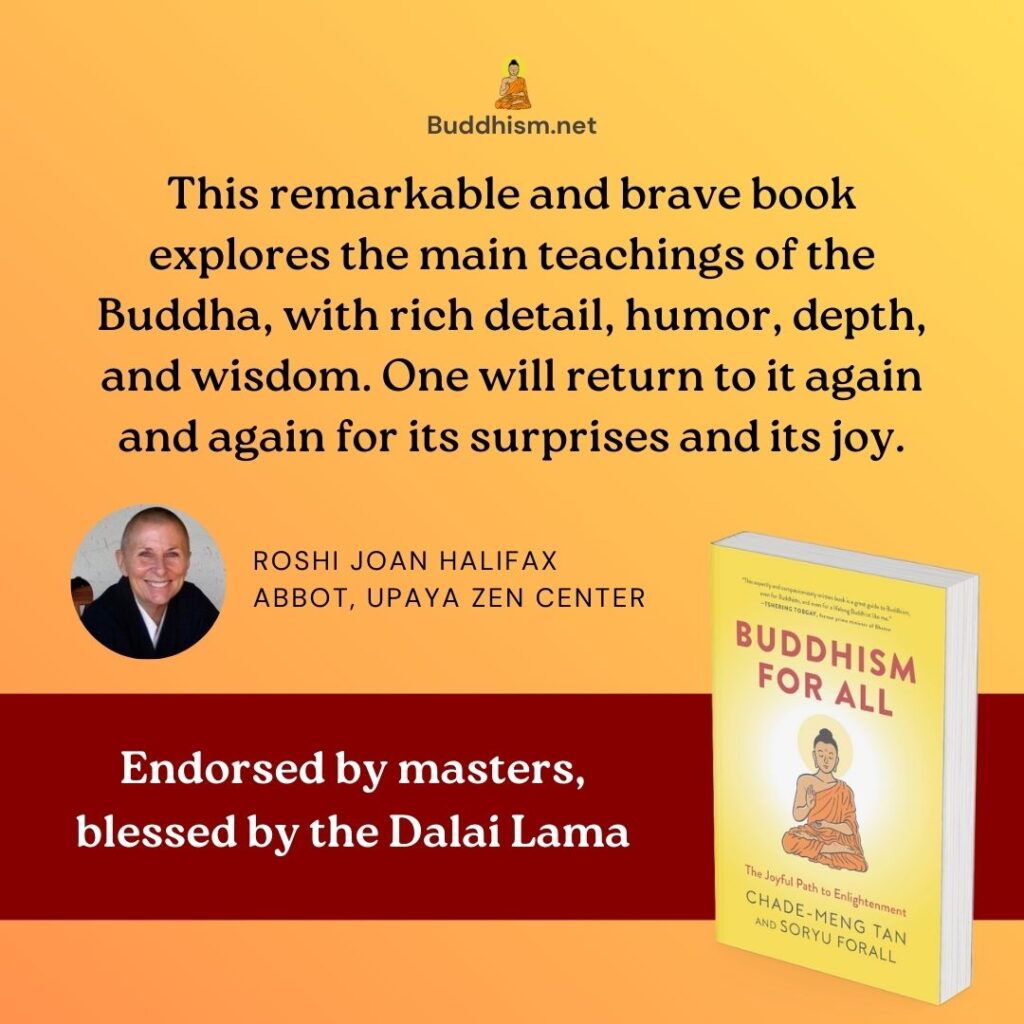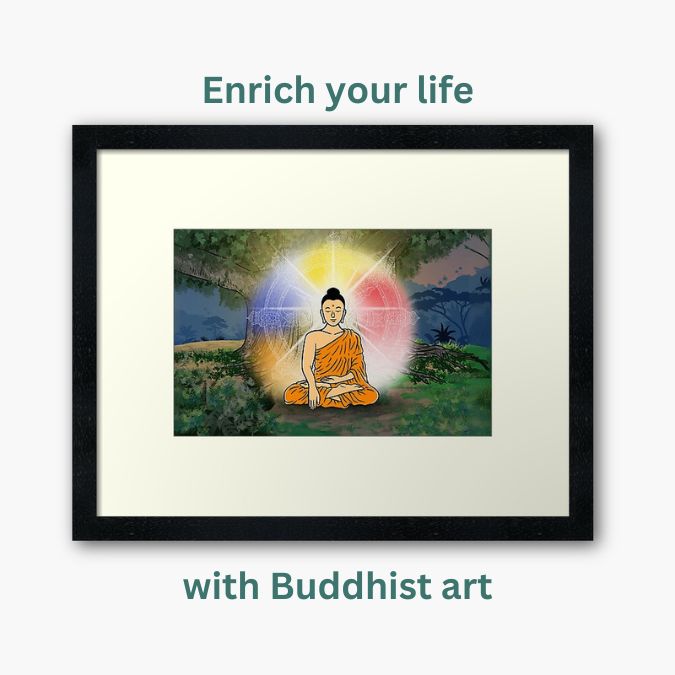
“Look Master, I’m focusing on the core!”
With all that diversity within Buddhism, and all that potential for nasty conflicts, how is it that we are so frequently able to treat each other like we are from the same family? There are at least two things that tie all Buddhist sects together: common core, and common realization.
Buddhism is, first and foremost, concerned primarily (or solely) with liberation from suffering. This is the first thing that ties all of us together. We all also accept the Buddha as the Teacher. In Theravada, he is more commonly referred to as Gotama Buddha (after his family name), or simply as the Buddha. In Mahayana and Vajrayana, he is more commonly referred to as Śākyamuni Buddha (Śākyamuni meaning “Sage of the Sakyans”).
In addition, the core teachings are identical in all three types of Buddhism. They include:
- The Four Noble Truths.
- The Noble Eightfold Path.
- Dependent Origination.
- The Dharma seals of impermanence, dukkha, non-self and nirvana.
- The threefold training of virtue, samadhi and wisdom.
- Karma and rebirth.
- Taking refuge in Buddha, Dharma and Sangha.
- Rejection of the idea of a supreme being who created and governs this world.[1]
(Yes, the same core teachings you find here in Buddhism for All. You’re welcome.)
The second thing that ties us all Buddhists together, which is perhaps even more important, is that the experience of nirvana is exactly the same for everyone. The Buddha famously says:
Just as the great ocean has one taste, the taste of salt, this dhamma-vinaya has one taste, the taste of liberation.[2]
It does not matter which sect of Buddhism you trained in, the taste of liberation is exactly the same. That is why a master from one tradition can recognize a master from another tradition as having tasted the exact same liberation and, therefore, know that all their “differences” are superficial. In addition, a true master, having tasted liberation, is also free from fixed views and free from self-ness, and they can recognize that in other masters as well.
This common core and common realization bring all Buddhists together, in a beautiful way.
Activities
- Reflect on this post with Angela:
- One way to know whether the teacher or sect you’re learning from is authentic, is to examine if the teachings you are learning includes these common core teachings of Buddhism:
- The Four Noble Truths.
- The Noble Eightfold Path.
- Dependent Origination.
- The Dharma seals of impermanence, dukkha, non-self and nirvana.
- The threefold training of virtue, samadhi and wisdom.
- Karma and rebirth.
- Taking refuge in Buddha, Dharma and Sangha.
- Rejection of the idea of a supreme being who created and governs this world.
- Does the teacher teach these common core teachings of Buddhism? Or have their founder modified the teachings and expound a modified version of their own. Adopt a critical investigative attitude.
- Examine whether practicing with the lineage or teacher help you reduce your greed, anger, pride, jealousy, ignorance, ego, or increase it? Be brutally honest.
- One way to know whether the teacher or sect you’re learning from is authentic, is to examine if the teachings you are learning includes these common core teachings of Buddhism:
References
[1] This list is based on one compiled by Walpola Rahula, in the article titled Theravada – Mahayana Buddhism, in Gems of Buddhist Wisdom. Buddhist Missionary Society (1983).
[2] Udāna 5.5. Also, Aṅguttara Nikāya 8.19.
Artwork by Colin Goh.


